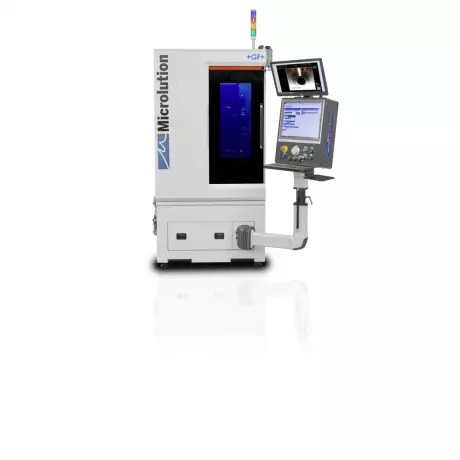
Microlution µ-machining Micromachining
Microlution offers a range of machines operating with different laser sources (nano, femto etc.), ad...
Portal and digital medical technology fair of the largest MedTech cluster in Germany

Microlution µ-machining Micromachining
Microlution offers a range of machines operating with different laser sources (nano, femto etc.), ad...

There has been considerable interest in the reduction of dental plastics. However, little is known about the impact of these materials on the environment. As with any product, dental plastics are a major component of waste, and many dental practices are using a lot of them. Although these materials are not harmful to the environment, they can also have a negative impact on the health of the patients and staff. Luckily, there are solutions. There are a number of methods you can use to decrease your plastic waste.
The most commonly used type of dental plastic is TPA. This material is flexible but not flexible. It is injected under pressure, with no chemical reaction. The resin is then forced into the mold at six to eight bar pressure. A robotic system is used to regulate the temperature, pressure, and injection time. TPA is a good material for crowns and complete dentures because it can withstand high temperatures, and it can be easily molded into different shapes and sizes. It is also inconspicuous and is not prone to plaque and discoloration.
Thermoplastic resins, on the other hand, are injected under pressure into a mold. This process does not require chemical reaction. Thermoplastic resins are injected into a mold by forcing them with 6-8 bar of pressure. They have excellent compatibility with tooth and gum tissue and have excellent esthetics. Unfortunately, this technology is not widely used in dental laboratories and requires very expensive equipment. Therefore, it remains a relatively niche option for dentures.
Thermoplastics are another form of dental plastics. These resins are often used for single-use tools like specialized syringes and removable partial dentures. These resins are also light weight and can be curved for accessing difficult areas. This allows for more comfortable, durable, and convenient dental instruments. Aside from their durability, plastics also allow for improved elasticity and comfort. Thermoplastic dental materials can also improve orthodontic appliances, such as splints.
Polyetheretherketone, or PEEK, was first used in telescopic dentures about six years ago. The material is also commonly used in general medical implants, and according to Evonik Industries, four million implants have been fitted with it. As a result, plastics in dental applications can be made with an identical softness to bone, and can be processed and molded to fit different shaped teeth. The same properties are also applied to other dental materials.
Composite resins are applied in the form of paste or gel and can help fix a variety of dental problems. These materials can be molded to look and feel like natural teeth. And because they are soft, they can be moulded to fit any mouth size. Moreover, they do not absorb toxins. They are completely inconspicuous on imaging technologies. They can be manipulated to mimic the color of your natural teeth. In case of severe dental problems, the composite resins can help.
Become a digital exhibitor yourself in the online portal of the largest and best-known MedTech cluster region in Germany and inform the world of medical technology about your products and services as well as about news, events and career opportunities.
With an attractive online profile, we will help you to present yourself professionally on our portal as well as on Google and on social media.